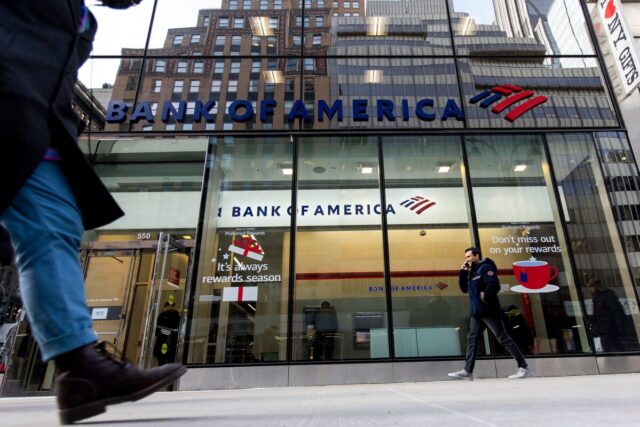
In a significant legal ruling, Bank of America has been ordered to pay $540.3 million to the Federal Deposit Insurance Corporation (FDIC) after a federal judge concluded that the bank underpaid its deposit insurance premiums between Q2 2013 and the end of 2014.
Background of the Dispute
The case centers on Bank of America’s alleged underreporting of risk exposure under a 2011 FDIC rule that modified how large banks calculate deposit insurance premiums. The FDIC filed suit seeking $1.12 billion, claiming that the bank had deliberately misrepresented its risk level, leading to significantly lower payments to the agency’s insurance fund—an essential financial safety net that protects depositors across U.S. banks.
The Court’s Ruling
Judge Loren AliKhan, presiding over the case, upheld the FDIC’s authority to determine how banks assess their insurance obligations but reduced the original claim to reflect what the court deemed recoverable based on timing and procedural limitations. Specifically, the court barred the FDIC from recouping funds owed before early 2013 due to the statute of limitations and filing delays.
In her decision, Judge AliKhan rejected Bank of America’s objections to the methodology used in calculating premiums and emphasized that a “perfect measure” of risk exposure is not required to validate the FDIC’s claims. The ruling reinforces regulatory power over how banks interpret and implement compliance standards—particularly around systemic risk.
Bank of America Responds
Bank of America has denied any wrongdoing throughout the case. In a statement following the ruling, the bank emphasized that it had already set aside funds in anticipation of the legal outcome and maintained that its reporting practices were consistent with industry standards and regulatory expectations at the time.
Despite the substantial penalty, Bank of America appears prepared to absorb the cost without immediate impact to its operations or liquidity.
What This Means for the Industry
This ruling may set a precedent for increased regulatory scrutiny over how major financial institutions calculate and report risk exposure. It also highlights the importance of timely and accurate reporting under federal insurance guidelines—especially as regulators continue to monitor stability in the banking sector following recent regional bank collapses.
Banks are likely to re-evaluate their compliance frameworks and risk assessment models to avoid similar disputes in the future. The case also underscores the FDIC’s ongoing role in maintaining accountability within the financial system, particularly when it comes to safeguarding the deposit insurance fund.



